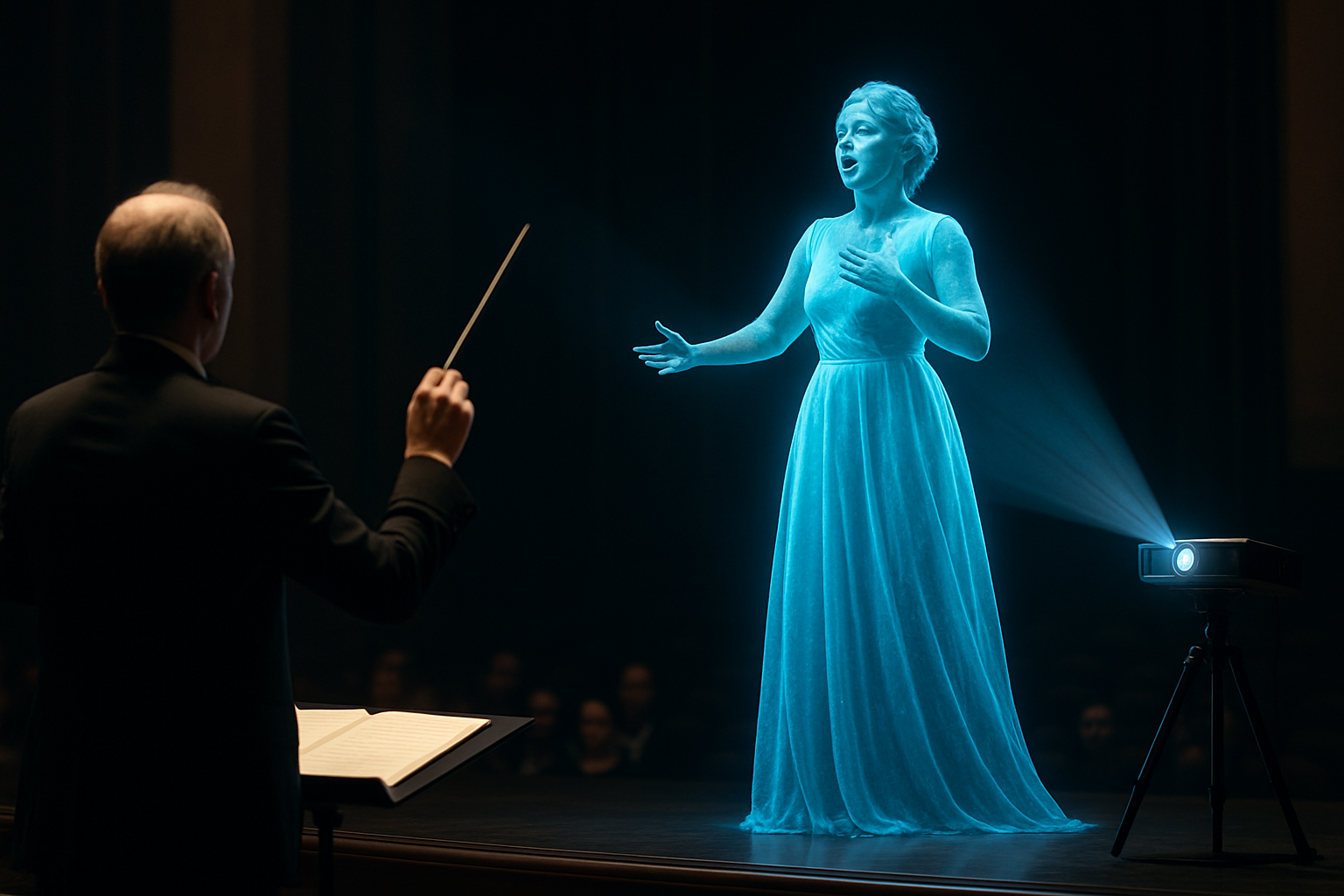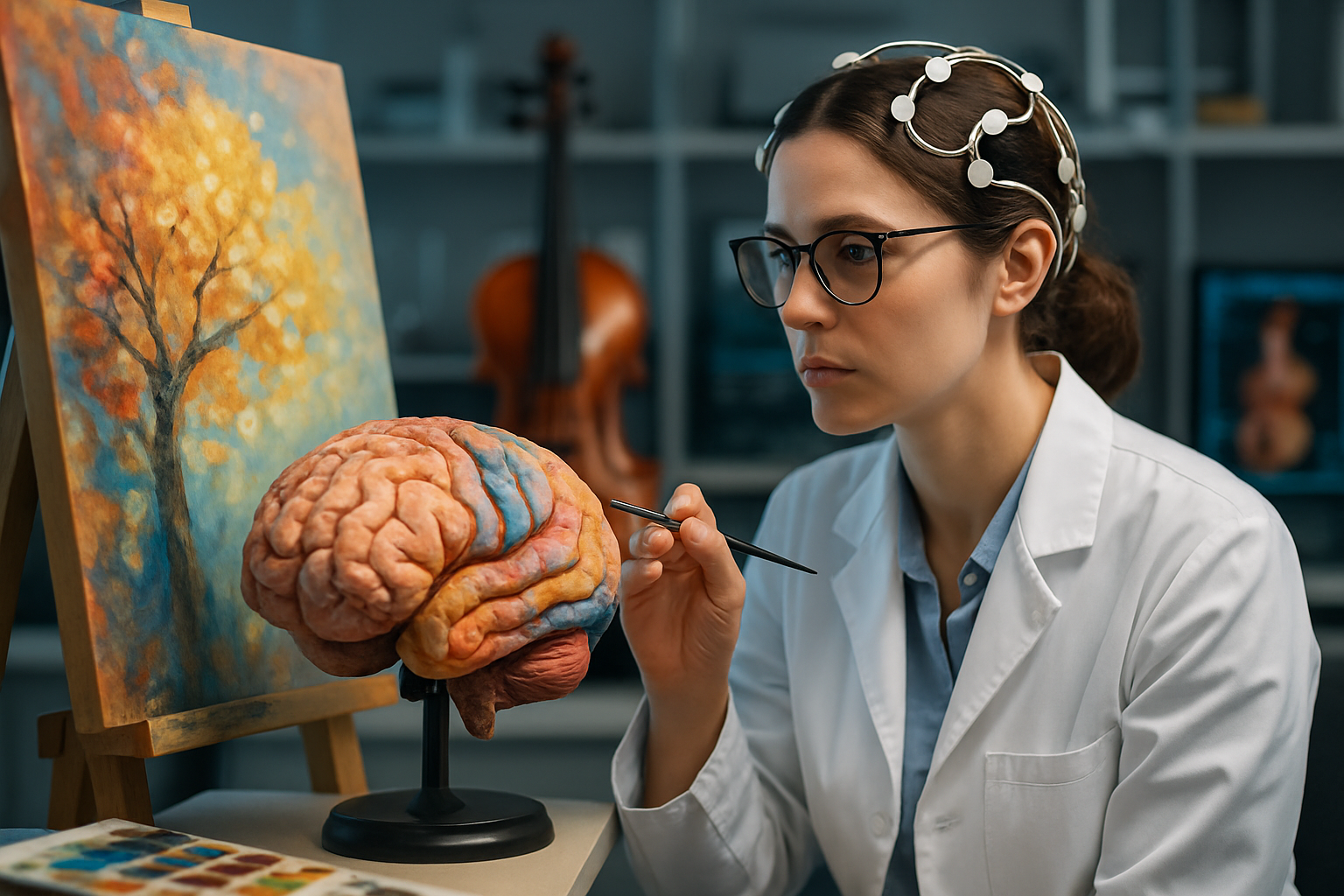Holographic Opera: A New Dimension in Performance Art
In the ever-evolving landscape of performing arts, a groundbreaking fusion of technology and classical artistry is captivating audiences worldwide. Holographic opera, a cutting-edge blend of traditional operatic performance and advanced projection techniques, is redefining the boundaries of musical theater. This innovative approach breathes new life into centuries-old compositions, while simultaneously pushing the envelope of what's possible in live entertainment. As holographic technology continues to advance, opera houses and production companies are exploring its potential to create immersive, otherworldly experiences that were once confined to the realm of science fiction.

Revolutionizing Stage Design and Scenography
One of the most significant impacts of holographic technology in opera is its transformation of stage design. Traditional painted backdrops and physical sets are being replaced by dynamic, three-dimensional environments that can shift and change in real-time. This allows for seamless scene transitions and the creation of impossible landscapes that enhance the storytelling capabilities of opera productions.
Bringing Historical Figures to Life
Perhaps one of the most exciting applications of holographic opera is the ability to resurrect legendary performers of the past. By using archival footage and advanced AI algorithms, production companies can create convincing holographic representations of iconic opera singers, allowing modern audiences to experience performances that would otherwise be lost to time. This has sparked both excitement and controversy within the opera community, raising questions about authenticity and the nature of live performance.
Challenges and Technological Hurdles
While holographic opera offers incredible creative possibilities, it also presents unique challenges for performers and technicians. Singers must learn to interact with holographic elements on stage, adjusting their performances to sync with pre-programmed visual effects. Additionally, the complex technical requirements of holographic projections demand specialized equipment and expertise, often increasing production costs and limiting accessibility for smaller opera companies.
The Future of Holographic Opera
As holographic technology continues to advance, the potential for even more immersive and interactive opera experiences grows. Some visionaries in the field are exploring the possibility of fully holographic performances, where both the singers and the environment are projected, allowing for previously impossible staging and effects. Others are investigating ways to incorporate augmented reality elements, enabling audience members to experience personalized visual enhancements through smart glasses or other devices.
Cultural Impact and Critical Reception
The emergence of holographic opera has sparked intense debate within the classical music community. Traditionalists argue that the technology detracts from the purity of the vocal performance and the emotional connection between performers and audience. Proponents, however, see it as a necessary evolution to attract younger audiences and keep the art form relevant in the digital age. Critics and audiences alike have been divided, with some praising the innovative approach while others lament the loss of traditional stagecraft.
Educational and Accessibility Implications
Beyond its entertainment value, holographic opera has significant potential in the realm of education and accessibility. Virtual opera houses could bring world-class performances to remote areas or to individuals unable to attend live shows. Furthermore, interactive holographic displays could offer new ways to teach opera history and technique, allowing students to observe and interact with virtual recreations of famous performances or instructional demonstrations.
Ethical Considerations and Intellectual Property
The ability to recreate deceased performers raises complex ethical and legal questions. Who owns the rights to a holographic representation of a historical figure? How do we ensure that these recreations are respectful and accurate? The opera industry is grappling with these issues as it navigates the uncharted waters of holographic performance rights and posthumous appearances.
Collaborations and Cross-Genre Experiments
Holographic technology is not only changing opera itself but also fostering new collaborations between opera and other art forms. Experimental productions have begun to blend holographic opera with contemporary dance, electronic music, and even video game aesthetics. These cross-genre experiments are attracting diverse audiences and challenging preconceptions about what opera can be in the 21st century.
Economic Implications for the Opera Industry
The integration of holographic technology into opera production has significant economic implications for the industry. While the initial investment in equipment and expertise can be substantial, the potential for reduced set construction and transportation costs, as well as the ability to stage multiple performances simultaneously in different locations, could revolutionize the financial model of opera companies. This shift may allow for more ambitious productions and potentially more affordable ticket prices, addressing long-standing concerns about the accessibility of opera to wider audiences.




